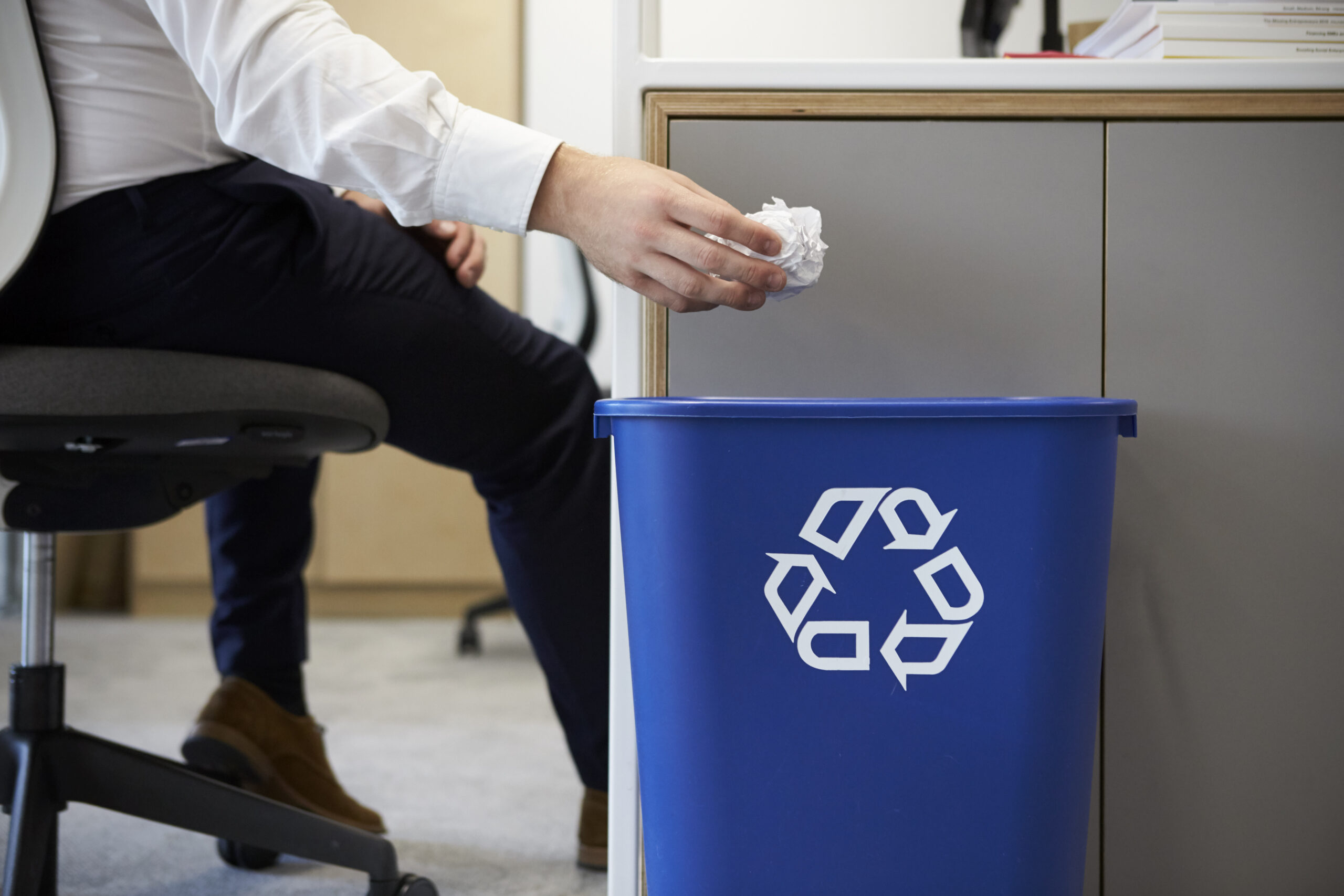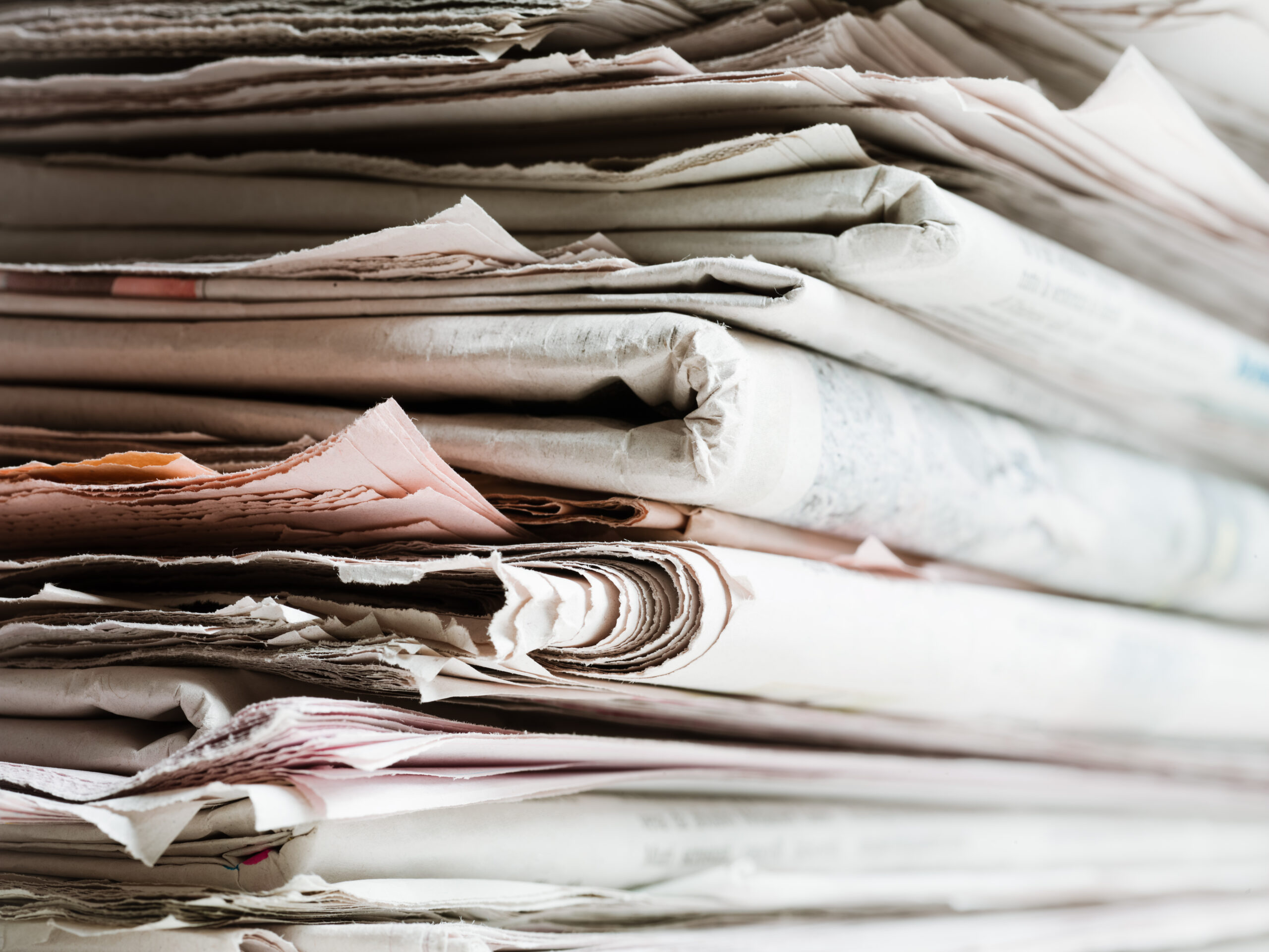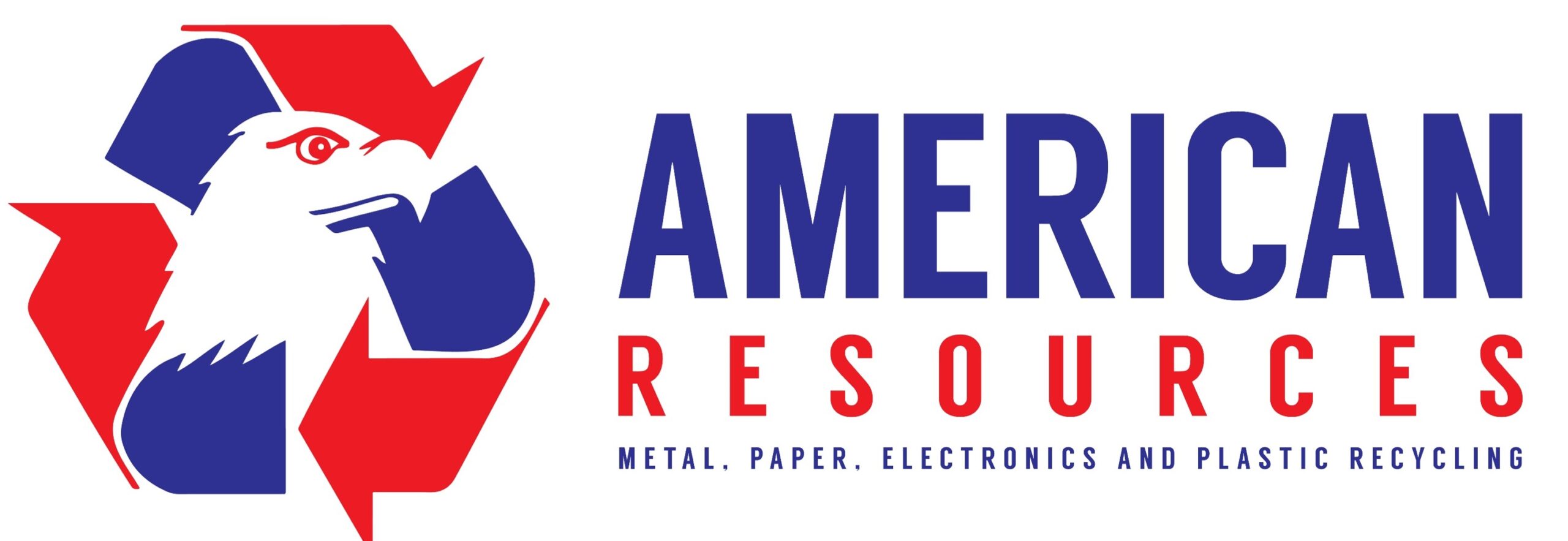Recycling 101
Our Blog

3 THINGS TO KNOW WHEN SHREDDING CONFIDENTIAL INFORMATION
The need to protect your identity and safeguard personal information has reached an all-time high. As technology improves and data becomes more valuable there are countless reasons to be concerned.
Shredding sensitive information is a surefire way stay vigilant and ensure your information stays private. Understanding these 3 rules helps to simplify the shredding process and declutter your space while at the same time limiting your risk.
#1 Liability/Risk
One of the reasons we destroy paperwork is to protect ourselves from harm. It is to keep our confidential information confidential. We shred to protect ourselves from identity theft and fraud. We recognize that bank account, social security and medical information becoming public is a liability and a risk to our wellbeing. Diligently identifying paperwork that contains personal information such as your name, account number, address or date of birth should be physically destroyed. Giving thoughtful consideration to what constitutes information that should be protected is an important step in reducing your risk.

#2 Staying Committed
The second thing to consider when determining what and when to shred is creating a cadence with a reoccurring day of the week or month as well as time of day. Whether you are working with a professional shredding service provider or handling the shredding on your own, the consistency of getting the material shredded and out of your home or office will leave you less cluttered and more organized.
By routinely shredding, you avoid building up a large quantity of sensitive paperwork. Staying on top of the volume makes the process more manageable. You may want to consider getting on a routine schedule of shredding. This will not only save you time but provides a trackable method including a certificate of destruction.
#3 Keep Only What You Need
Finally, keep only what you need in a secure location and shred anything that is duplicated, outdated, or no longer needed. The Federal Trade Commission created a visual representation of documents and how long they should be kept. Only you know what you are comfortable with, however this easy to understand visual is a great reminder.
The FTC recommends keeping this posted in a location you see regularly to keep it top of mind. You may decide to scan some of the documents you decide to shred or even take a photo with your smartphone. This extra step allows you to refer to the document again should you ever need to.
